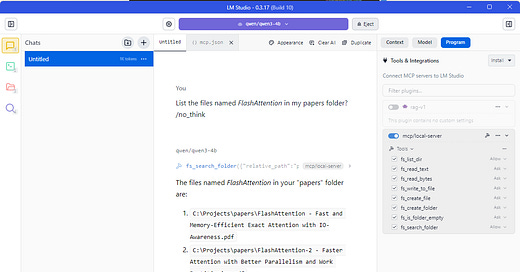As the saying goes, a picture is worth a thousand words—and in the evolving world of conversational AI, visual clarity and dynamic interactions are redefining both user experience and technology integration. When LLMs and tools come together seamlessly in a dialogue-driven interface, users don’t just receive answers—they engage with systems in ways that are intuitive, powerful, and deeply contextual.
The combination of LLMs and tools within a conversational flow is transforming not only how users interact with systems, but also how we integrate technology into personal and business processes. This shift moves the user experience toward a more natural, dialogue-driven paradigm—one that becomes increasingly powerful as more tools are layered in. When these tools operate as AI agents, they act as force multipliers, fundamentally reshaping integration strategies and enabling more adaptive, context-aware solutions.
I’ve also emphasized this approach when it comes to code assistants—the real power lies in externalizing intelligence into dedicated tools, rather than tightly embedding it within the IDE itself. This separation not only enables more flexible, upgradeable systems, but also enhances user experience and streamlines technology integration across environments and workflows.
Everything I write are my opinions and perspectives and do not represent my past, current of future employers.





